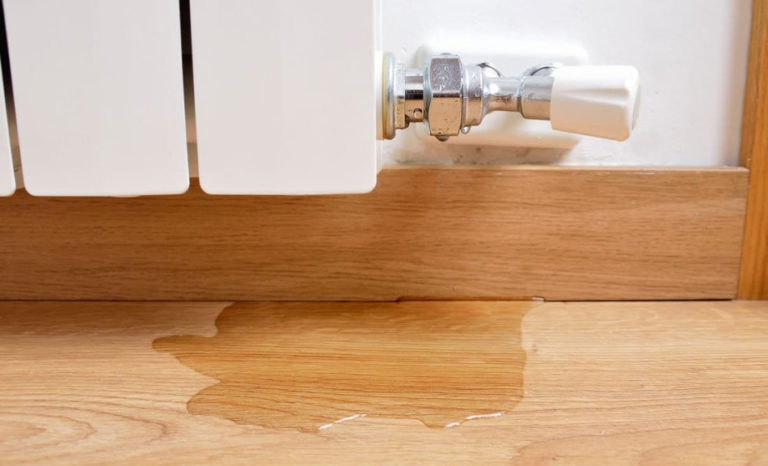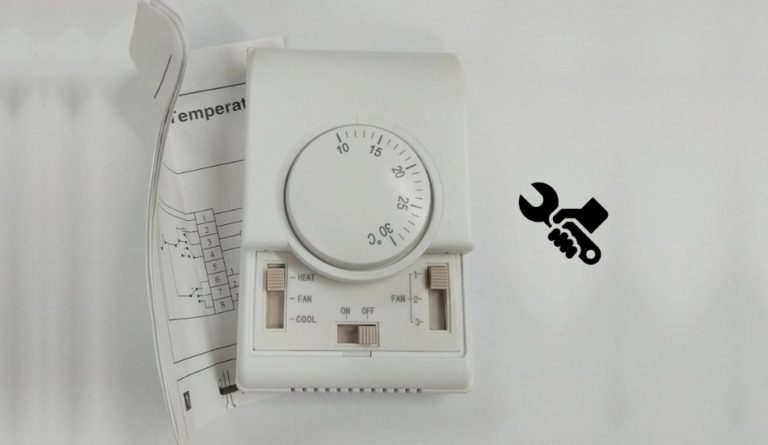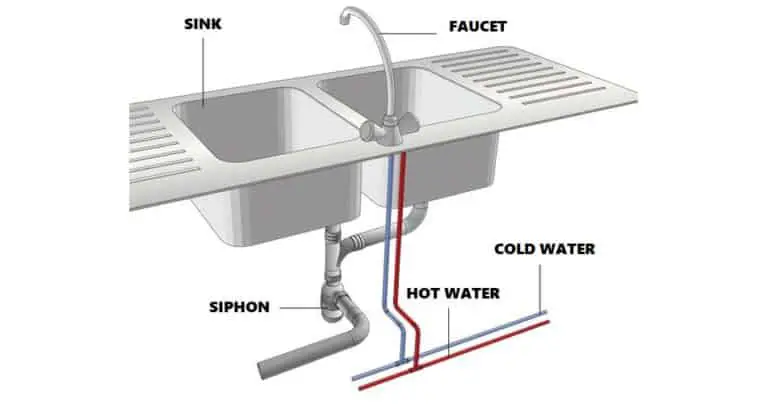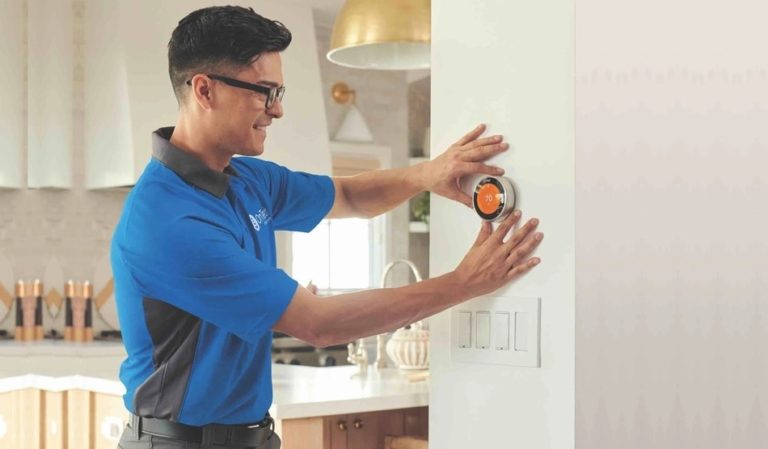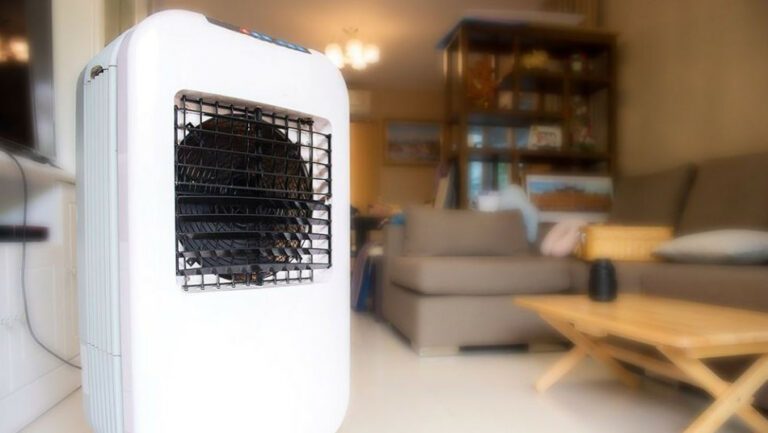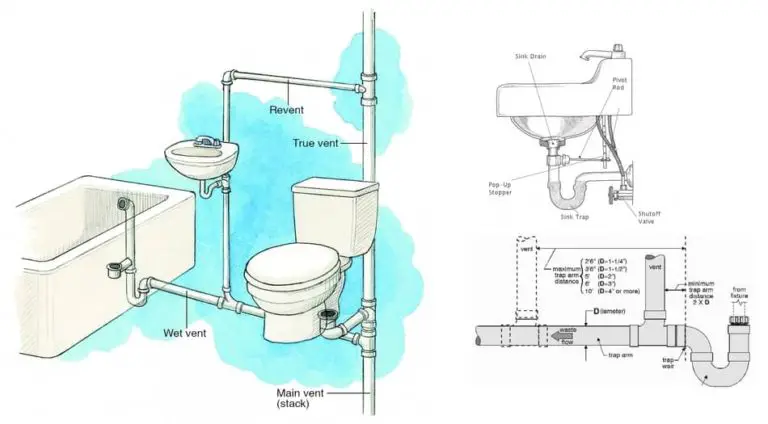How To Pressure Test Plumbing With Air? Plumber Explain
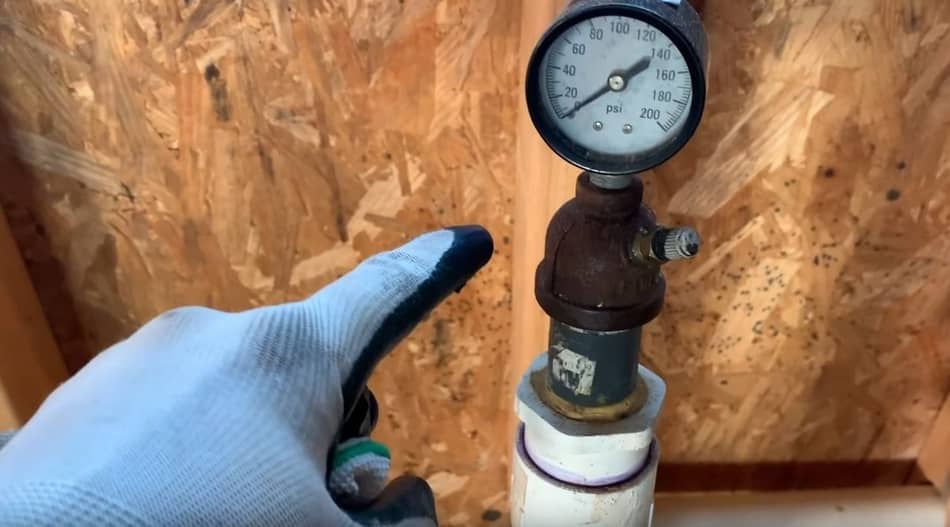
Every home needs to have a good plumbing system that allows you to wash dishes, shower effectively, and do the laundry. But the problem that can occur when it comes to plumbing systems is high water pressure. Therefore, having too high water pressure can stress your plumbing system and your appliances. On the other hand, if the water pressure is too low, it’s almost impossible to use your pipes for washing dishes, wash your hands, or even shower.
That’s why it is very important to test your plumbing system by using air. This method allows you to very easily assess the current state of your plumbing system without water.
Compressed gas can sometimes cause the pipes in your home to explode when they are under high pressure, and it can be very dangerous. For that reason is not recommended to do this on plastic piping. In this article, we’ll explain how to pressure test water lines with air. So, let’s start.
Table of Contents
How To Pressure Test Plumbing With Air?
So How To Pressure Test Water Lines With Air? To pressure test water lines with air, turn off the main shutoff valve and drain the water from the system. After all the water is drained, turn off the faucets and screw a pressure gauge on one of the faucets, and adapter to another faucet. Charge the system to 60 PSI and wait for 15 minutes.
If the gauge remains stationary there are no leaks. If you notice leaks, we recommend calling a professional plumber.
For those who want to know more, you can read Plumbing Vent Diagram: How to Properly Vent Your Pipes.
Step-by-Step How To Pressure Test Plumbing With Air
This process is very easy to do, and almost anyone can do it. Here we’ll explain in seven simple steps how to pressure test your plumbing system with air.
Step 1: Turn Off The Main Shutoff Valve
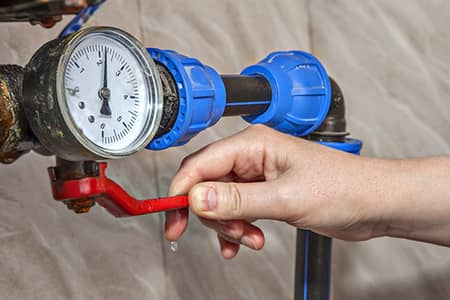
Before you start to test your water pipe system, the first step is to turn off the main shutoff valve. Afterward, make sure that water is no longer in the pipes. Check to see that all the water has been drained, and then shut off the faucets. Now place a cap on all the stub-outs that are connected to the system that you need to assess.
To test the pipes on your water system, you should solder or glue the caps on them. For a drain vent waste system, just glue a cap to all the stub-outs with plastic pipe cement. After you are finished with testing, cut the caps off.
Step 2: Install The Proper Fittings
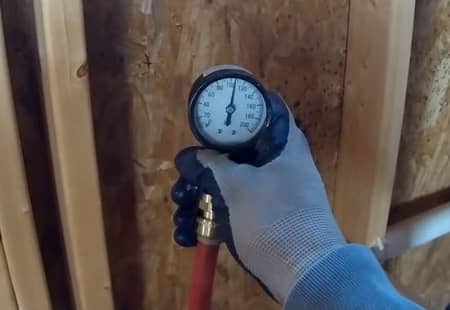
When you are testing your home system, you will probably need to install the proper fittings to connect to the air compressor hose with the pressure gauge to the system.
For a water system, just leave the cap off of one of the stub-outs. When you have done that, for the compressor hose, you need to install a tee, the pressure gauge, and an adapter for the compressor hose. When it comes to a waste system, just attach an adapter to a clean-out fitting and install a tee.
Step 3: Connect The Water Gauge
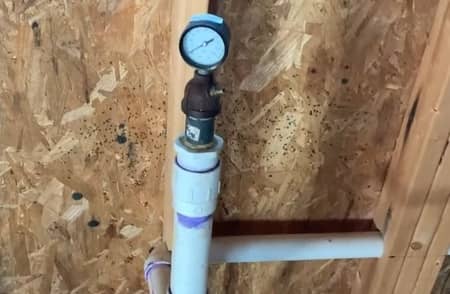
Now you need to attach the water gauge to the outdoor faucet or to the laundry room for your existing system.
Step 4: Connect The Air Compressor Hose
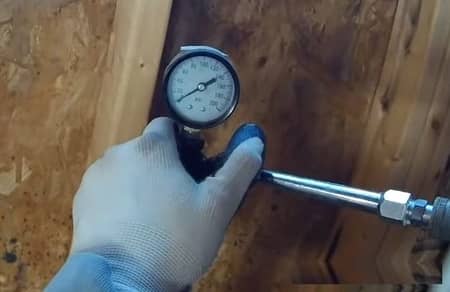
To connect the compressor hose you need to attach an adapter to a different faucet. Make sure that compressor is attached to the faucet.
Step 5: Charge The System
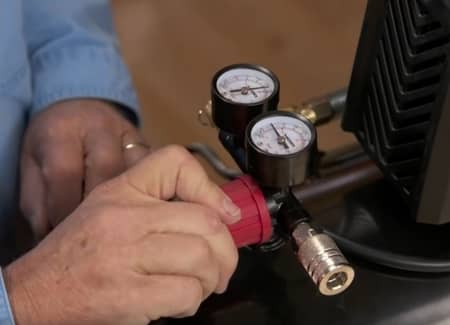
Now you need to turn on the compressor and wait for the pipes to fill with air. Wait for the gauge to reach the required test pressure reading. Keep in mind that this test pressure reading is different for drain and water systems. Therefore, you need to know what are the plumbing codes for each of these tests for your system.
Step 6: Turn Off The Air Compressor
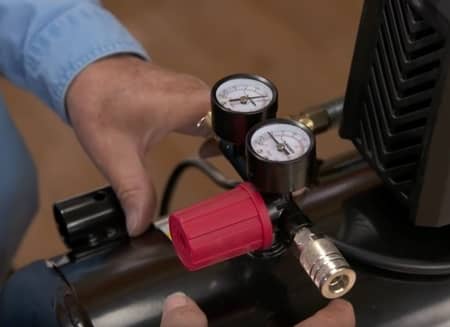
Now you can turn off the compressor and wait around 15 minutes for the system to pressurize. Leave the pressure gauge in place and remove the compressor hose.
It may happen that you have leaks in your pipe system, so it’s not unusual to hear air escaping from the pipes. If you don’t notice any deviations on the pressure gauge reader, then you don’t have any leaks in your system. On the other hand, if the gauge readings go down, then you most likely have a leak in the system.
Step 7: Repairing Plumbing Leaks
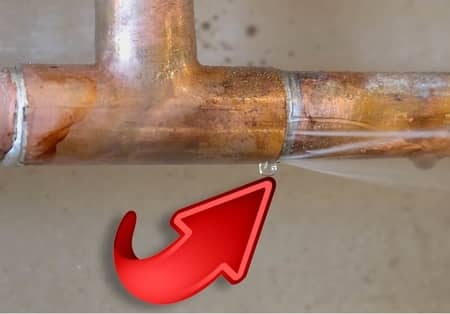
If you find some leaks in your system after you’re done with the pressure test plumbing with air, then it is best to contact a professional plumber. He will know what to do and he will repair your system. Just in case you know what you’re doing, you can repair that leaks by yourself.
When it comes to the plumbing system, the most common leaks usually appear in the joints. There are currently three types of joints: IPS joints, soldered joints, and compression joints.
Repairing IPS Joints
Brass IPS joints, that are part of the water system can be repaired as long as they are not banged up, or deteriorated. This is done by wrapping Teflon tape around the end of the pipe. It is necessary to wind the tape up to three times in a clockwise motion. Now you need to use a thin layer of pipe thread sealant. Make sure to attach the pipe to the fitting by applying a wrench until it fits perfectly.
Repairing Compression Joints
Compression joints work by using a nut and ferrule system. When the ferrule and the nut are attached together, they create one pipe by crushing down the pipe. If repair is required, then it is necessary to remove the damaged piece and cut another pipe in order to repair it.
Repairing Soldered Joint
The most common leak problem that occurs when it comes to the soldered joint is because of corrosion or poorly soldered joints. This can be repaired by removing the damaged area. After you’re done, install a new pipe and make sure to solder the joints together.
If there is a water leak from the middle of the plastic pipe, just use a pipe cutter or a hacksaw, and remove the damaged section of that pipe. Make sure to place a plastic compression coupling on that place.
Note! It is not recommended to test the plumbing pressure with air to find leaks in plastic pipes. Water is used when it comes to plastic pipes.
Pipe clamp or epoxy putty are used for temporary fixes, which depends on the pipe material. This is used to seal your pipes until you repair them. Keep in mind that you do not delay the repairs of your pipes, as this can lead to material damage and cracking of the pipes.
Here is a great YouTube video where you can see how to test water lines in the house:
Air Pressure Testing Versus Water Pressure Testing
You can use two methods to test the pressure in your pipes and detect leaks that are common in the plumbing industry; pressure testing method with air and water. Some of you wonder why lower pressure is used when it comes to air testing compared to water testing. A low pressure (around 30 to 50 PSI) is just as effective as high pressure (150 PSI) water test when it comes to air testing. The viscosity tension of water is greater than that of air.
Free to read also How a Bathtub Works? | Plumbing & Drain System.
FAQ: People Also Ask
Can You Pressure Test With Air?
There are hydrostatic and pneumatic methods that can be used for pressure tests. A hydrostatic test is a test when the water is used as the test medium, while a pneumatic test uses air, or some other non-flammable and non-toxic gas.
How Do Plumbers Pressure Test?
A pressure test is a test when you check for leaks in the water piping without using water in the pipes. This test is done by using an air compressor that is connected to the water piping, typically at the laundry faucet, with an air pressure of about 60 psi.
Is Air Pressure Stronger Than Water Pressure?
Typically, water pressure is stronger than air pressure. If the air pressure is pumped up enough (just like you pump the air into your bike tire), then the air pressure will be stronger than standard water pressure.
Final Thoughts
Now that you know exactly what it is for and what the pressure test of your plumbing system is used for, you understand its importance. In this article, we explained why this is important and how you can do it in seven simple steps. If you find any leaks in your system, we definitely advise you to contact a professional plumber. I hope this article helped you and if you have any more questions, feel free to contact us.


